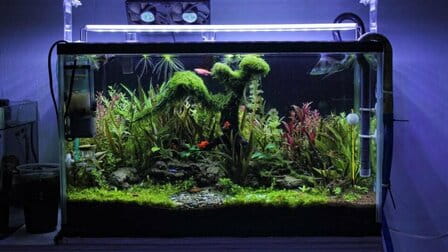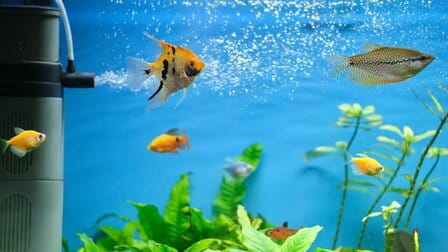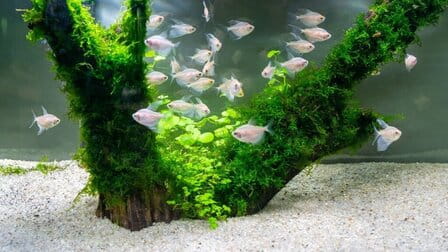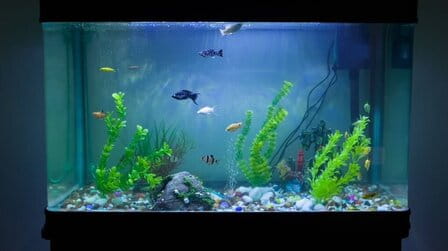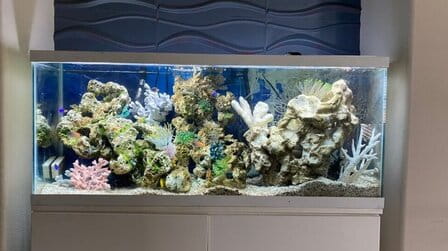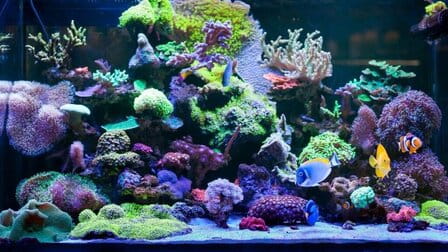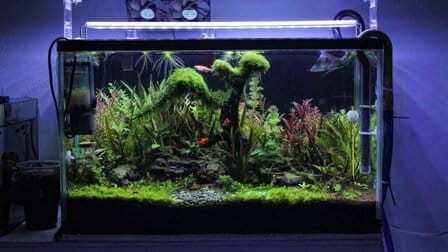Creating a thriving aquatic ecosystem within your aquarium requires careful attention to water parameters, and one of the most critical parameters to consider is pH. The pH level of your aquarium plays a pivotal role in the health and well-being of your fish, plants, and other aquatic inhabitants. In this comprehensive guide, we will explore the intricacies of aquarium pH, focusing on the importance of achieving the ideal pH and providing detailed insights into various methods to effectively lower pH levels when necessary.
Understanding pH in Aquariums
Before we dive into the specifics of lowering pH in your aquarium, let's establish a solid understanding of what pH represents in aquatic environments.
pH, which stands for "potential of hydrogen," is a measure of the acidity or alkalinity of water. The pH scale ranges from 0 to 14, with 7 considered neutral. Values below 7 indicate acidic conditions, while values above 7 indicate alkaline or basic conditions. Most freshwater aquarium fish and plants thrive in slightly acidic to neutral conditions, typically within the pH range of 6.5 to 7.5. However, it's crucial to note that some species have specific pH requirements, and deviations from their preferred range can impact their health and vitality.

Why Lower pH in Your Aquarium?
There are several compelling reasons why you might need to lower the pH in your aquarium:
1. Species Requirements:
Different fish species have evolved in various natural habitats, each with its unique water chemistry. Some fish originate from regions with naturally acidic water, such as the Amazon River basin, and they require a lower pH to thrive in captivity. Keeping the pH within their preferred range is essential for their health and longevity.
2. Breeding Conditions:
For aquarists interested in breeding their fish, achieving the correct pH level can be crucial. Many fish species have specific pH requirements to trigger breeding behavior. Lowering the pH in your aquarium can mimic the natural conditions necessary for successful breeding.
3. Reduce Stress:
Maintaining the pH within the preferred range for your fish can significantly reduce stress levels. Fish that are stressed due to suboptimal water conditions are more susceptible to diseases and may exhibit abnormal behaviors.
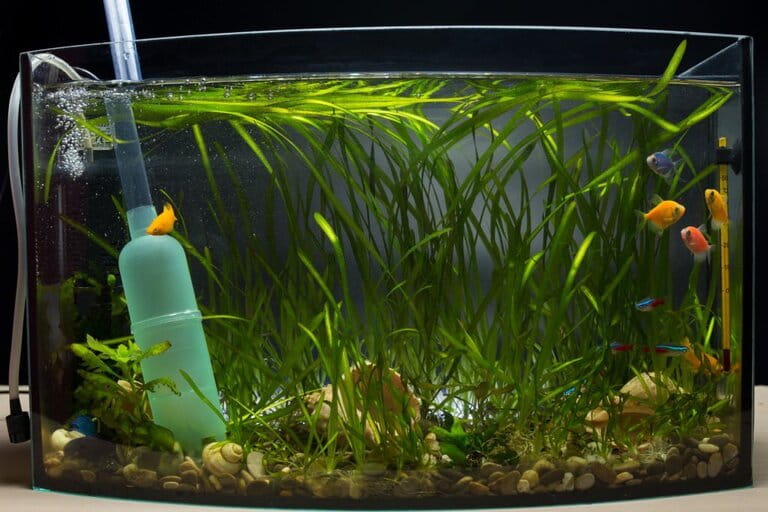
Methods to Lower pH in Your Aquarium
Now that we understand the importance of maintaining the right pH level let's explore various methods to effectively lower pH in your aquarium:
1. Use pH-Lowering Substrates:
pH-lowering substrates are specially designed to lower the pH in your aquarium gradually. They typically consist of materials like peat moss or coconut coir. These substrates release tannic acids and other organic compounds into the water, which naturally lower pH levels. To use these substrates, place them in your aquarium's filter or mix them directly into your substrate. Keep in mind that the effectiveness of these substrates can vary, and they will need periodic replacement or recharging.

2. Incorporate Driftwood and Indian Almond Leaves:
Driftwood and Indian almond leaves can be aesthetically pleasing additions to your aquarium while also contributing to pH reduction. These natural materials release organic compounds into the water, including tannins, which lower pH levels. Additionally, driftwood provides shelter and hiding spots for fish. When using driftwood or almond leaves, be patient, as it may take some time for the effects on pH to become noticeable.
3. Utilize Reverse Osmosis (RO) Water:
Reverse osmosis (RO) water is devoid of minerals, making it an excellent option for lowering pH. Mixing RO water with your tap water allows you to achieve the desired pH gradually. This method is especially useful if your tap water has a high mineral content, as minerals can raise pH levels. Ensure that you test the pH regularly when using RO water to monitor its effectiveness and maintain stability.

4. Consider Chemical pH Reducers:
Commercially available pH-reducing solutions offer a quick and precise way to lower pH levels in your aquarium. These products are typically made of acidic compounds and should be used with caution. Follow the manufacturer's instructions carefully, as excessive use can lead to unstable pH conditions and harm your aquatic inhabitants. When using pH reducers, monitor pH closely to prevent drastic fluctuations.
5. Carbon Dioxide (CO2) Injection:
If you have a planted aquarium, introducing a controlled amount of carbon dioxide can naturally lower pH levels. CO2 injection is commonly used by aquarists to promote plant growth, and as plants absorb CO2, the pH tends to drop. However, this method requires careful monitoring and adjustment to avoid pH fluctuations that can stress your fish.
Important Considerations
While the methods mentioned above can help you lower pH in your aquarium, there are essential factors to consider throughout the process:
- Gradual Changes:
Avoid abrupt pH fluctuations, as they can stress and harm your fish. Instead, make gradual adjustments over several days or even weeks. Sudden changes in pH can lead to fish becoming unwell or even dying.
- Regular pH Monitoring:
Consistent and frequent monitoring of pH levels is crucial. Invest in a reliable pH test kit and check the pH regularly, especially during the adjustment phase. Regular testing allows you to make timely adjustments if needed.
- Water Changes:
Routine water changes are essential for maintaining stable pH levels. Ensure that the water you add during water changes is properly conditioned and matches the desired pH.
- Compatibility:
When adjusting pH, consider the compatibility of the fish and plants in your aquarium. Some species can adapt to different pH levels, while others are sensitive to changes. Research the specific requirements of your aquatic inhabitants and make adjustments accordingly.

Conclusion
Achieving and maintaining the ideal pH level in your aquarium is a fundamental aspect of responsible aquarium keeping. By understanding the pH preferences of your fish and plants and employing the appropriate methods to lower pH when necessary, you create a conducive environment for the health, vitality, and well-being of your aquatic community.
Remember that consistency, patience, and careful monitoring are key when adjusting pH levels. With the right approach and attention to detail, you can create an aquatic haven where your fish thrive, your plants flourish, and your aquarium becomes a source of pride and joy. Happy fishkeeping!

